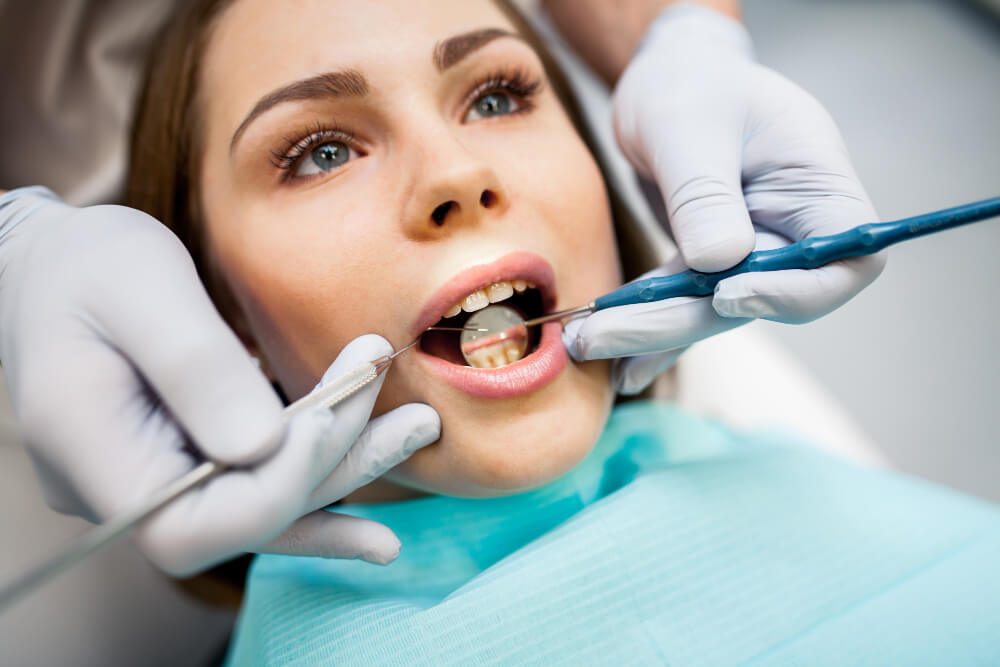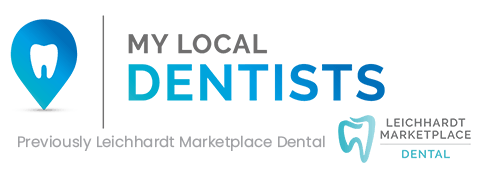What is Cracked Tooth Syndrome? Symptoms, Causes, and Treatment for Better Oral Health

Have you ever experienced a sharp pain in your teeth that seems to come and go without warning? You may have cracked tooth syndrome (CTS).
CTS is a condition where the tooth’s outer surface is cracked, but the crack does not extend through the entire tooth. It can be caused by trauma or too much pressure on a single tooth, such as clenching or grinding the teeth.
Let’s examine what causes this condition and how it can be treated.
What is Cracked Tooth Syndrome?
Cracked Tooth Syndrome is an umbrella term for various cracks that can occur in teeth due to multiple causes. Generally, such cracks extend from the chewing surface of the tooth towards its root, although they may also have other shapes.
This type of crack is difficult to detect without proper diagnostic tools and, in many cases, can reduce the tooth’s overall integrity, making it more prone to further damage or even complete disintegration.
Cracked teeth can cause nerve damage or infection, increasing the risk of infection, and dental treatments are necessary to restore oral health.
Why Is a Cracked Tooth a Serious Concern?
A cracked tooth isn’t just a source of discomfort—it can compromise the entire structure of your tooth. When left untreated, cracks can deepen, allowing bacteria to enter and cause infection, decay, or abscess formation. This may result in excruciating pain, edoema, and even harm to the nearby teeth and gums.
Furthermore, when broken teeth deteriorate over time, they become more vulnerable to full fractures, which may necessitate more involved procedures like extractions or root canals. Addressing the issue early can save your natural tooth and prevent costly dental procedures.
Types of a Cracked Tooth
There are five main types of cracked teeth:
Craze lines
These very thin cracks do not extend through the teeth and do not cause any pain or discomfort.
Cracks extending from the chewing surface
This type of tooth fracture is more serious since it can reach the nerve and produce discomfort.
Fractured cusp
Here, the crack extends through the entire tooth, affecting its structure and causing pain.
Split tooth
This is when the tooth has been fractured or split into two or more pieces due to a traumatic event or too much pressure on a single tooth.
Vertical root fracture
This type of crack develops when the tooth’s root is damaged and extends upwards towards the chewing surface.
What Causes Cracked Tooth Syndrome?
Cracked tooth syndrome can be caused by large fillings, accidents, clenching or grinding of teeth, and eating hard foods.
Cracked Tooth Syndrome (CTS) is a vital posterior tooth that causes damage to the dentine and sometimes even extends into the pulp.
CTS can also occur when chewing puts too much pressure on one tooth. It is more common in adults than children because adults are more likely to have had traumatic events, such as an accident, that could cause CTS.
Symptoms of Cracked Tooth Syndrome
The symptoms associated with incomplete fractures of posterior teeth vary depending on the severity of the tooth fractures and whether they have affected any nerves.
Common signs include:
- Pain while biting or after the release of biting pressure, especially when the tooth is exposed to hot or cold temperatures.
- Pain that comes and goes without warning
- Sensitivity to sweet foods and liquids
- Aching pain in the jaw, neck or head
- Visibly cracked tooth (although this may not be evident in all cases)

Treatment Options
The extent and location of a tooth crack determine how it should be treated.
Some of the most common solutions include:
- Dental Bonding – A tooth-coloured resin is placed to fix minor fissures and improve the tooth’s appearance.
- Dental Crowns –The damaged tooth is covered with a specially constructed crown to reinforce and preserve it.
- Root Canal Therapy—If the break has spread to the tooth’s pulp or nerve, a root canal is required to remove the injured tissue and stop infection.
- Tooth Extraction—Removal may be the only option if the tooth is so badly fractured that it cannot be saved.
- Night Guards – A night guard can help prevent further damage for those who grind their teeth.
Preventing Cracked Tooth Syndrome
While not all cases of CTS are preventable, you can reduce your risk by:
- Avoiding hard foods that can stress your teeth.
- If you are a nighttime teeth grinder, wear a mouthguard.
- Using a sports mouthguard during physical activities.
- Visiting your Leichhardt dentist regularly for early detection of any dental issues.
- Practising good oral hygiene to keep your teeth strong and healthy.
Cracked Tooth Syndrome is more than just an annoyance—it’s a serious dental condition that can lead to significant pain and long-term oral health problems if left untreated. Your chances of keeping your tooth intact and avoiding additional harm increase with the timing of your treatment.
Oral Health in Leichhardt
If you are experiencing any symptoms associated with CTS, don’t hesitate to contact your Leichhardt dentist at (02) 9171 0840 right away for a proper diagnosis so we can develop an effective treatment plan for you!
You can schedule your online appointment or visit us at Shop 48, Leichhardt Marketplace Shopping Centre, 122-138 Flood Street, Leichhardt.
